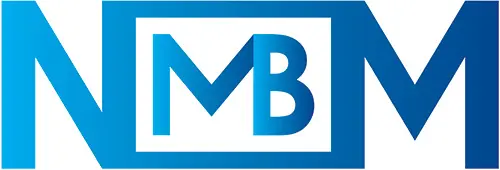When dealing with insurance providers, it’s crucial to employ specific communication strategies to help bridge any gaps in understanding and foster a more productive relationship. Here are some essential approaches:
1. **Be Clear and Concise**:
When presenting information or discussing claims, ensure your communication is straightforward and to the point. Avoid jargon and use plain language that can be easily understood. This eliminates ambiguity and promotes effective dialogue.
2. **Active Listening**:
Engage in active listening to demonstrate a genuine interest in the insurer’s perspective. Acknowledge their points, ask clarifying questions, and restate what they have said to confirm your understanding. This technique not only builds trust but also helps identify common ground.
3. **Provide Comprehensive Documentation**:
Ensure that all necessary documentation is provided in an organized manner. Include clear descriptions of claims, relevant timelines, and any supporting evidence. This thoroughness helps insurers process claims more effectively and reduces the likelihood of misunderstandings.
4. **Maintain Regular Follow-ups**:
Establish a routine for follow-ups to stay informed about the status of claims or any pending issues. This proactive approach shows your commitment and keeps the lines of communication open, allowing for quicker resolutions.
5. **Utilize Technology**:
Leverage digital communication tools and platforms that facilitate efficient information sharing. Email tracking, project management software, and virtual meetings can help coordinate and streamline interactions with insurance representatives.
6. **Empathy and Understanding**:
Acknowledge insurers’ challenges, such as high claim volumes or regulatory pressures. Demonstrating empathy can foster a collaborative atmosphere, making it easier to work together towards solutions.
7. **Feedback Mechanism**:
After interactions, solicit feedback on communication. Understanding the insurer’s perspective on what worked or could be improved can lead to better future engagements and strengthen partnerships.
By implementing these thoughtful communication strategies, you can effectively bridge the gaps with insurance providers, ultimately leading to better claims outcomes and a more positive working relationship.

